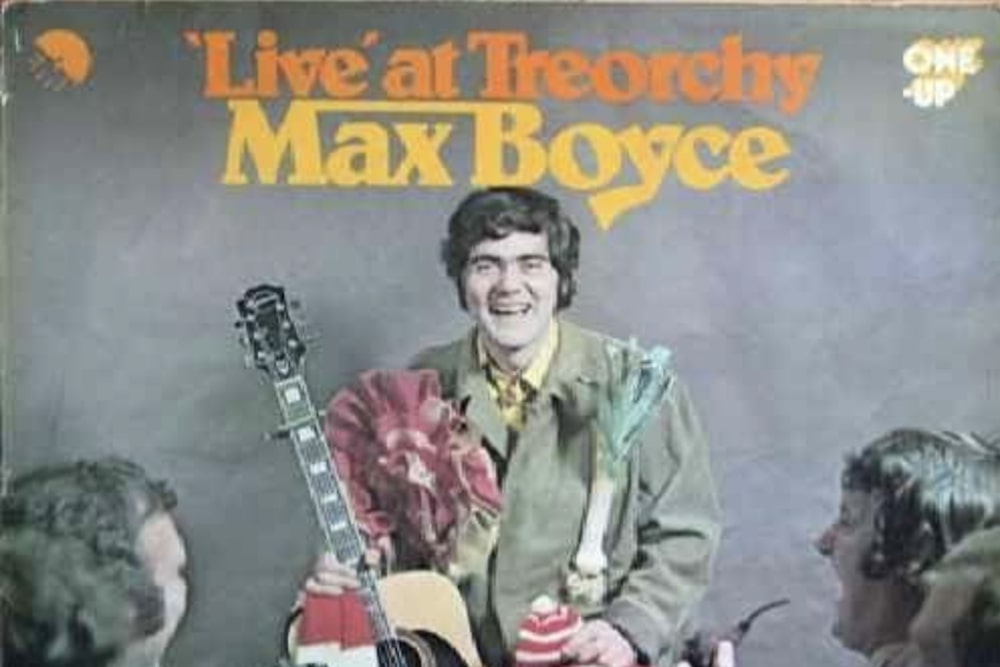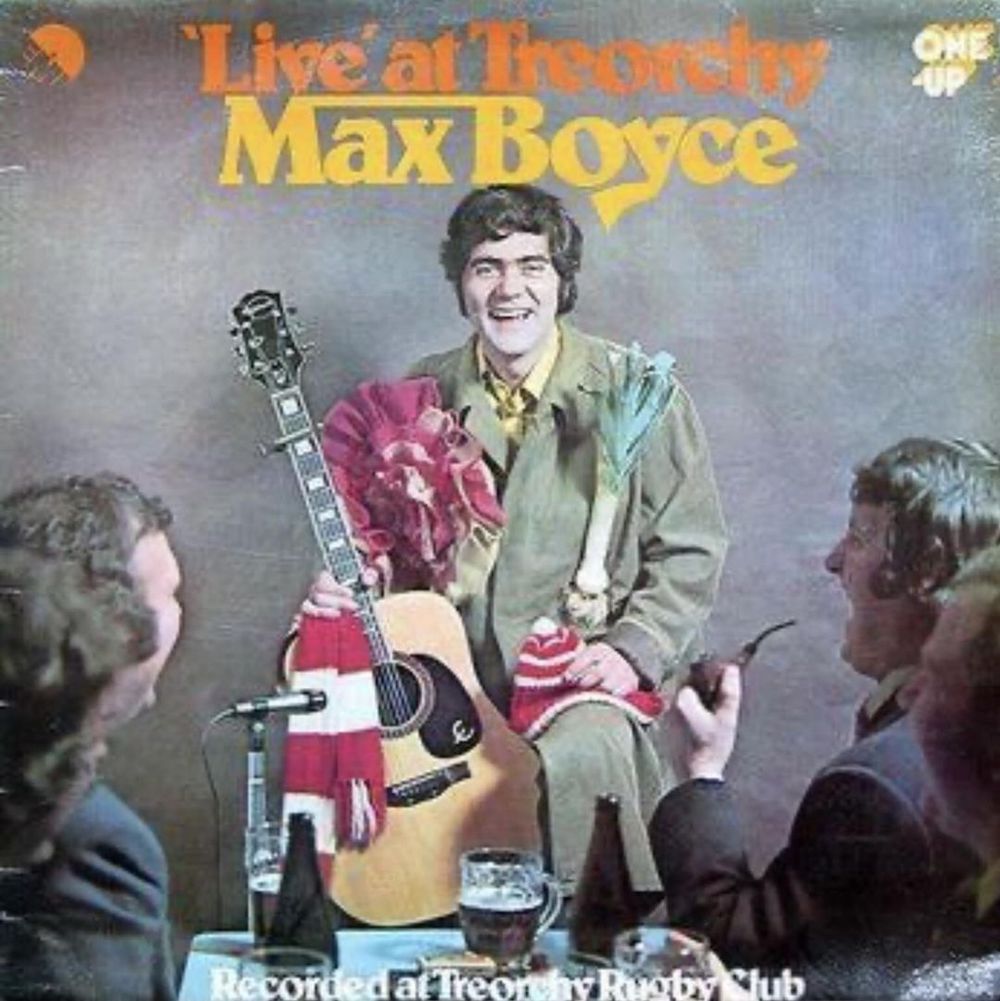Live at Treorchy 50 years on: The story of Max Boyce’s famous album

David Owens
It was on this night 50 years ago that a star was born.
It was the evening of November 23, 1973 that Max Boyce recorded his famous Live at Treorchy album. The rest is history.
Captured live at Treorchy Rugby Club it opens with what quickly became his trademark clarion call – ‘Oggy, oggy, oggy’.
The crowd dutifully respond with a boisterous ‘Oi oi oi!’
The scene is set for an album that Welsh historian Martin Johnes describes as ‘important to an understanding of Welshness as anything Dylan Thomas or Saunders Lewis wrote.’
Released in 1974, it was his third album but his first with the might of major label, EMI Records behind him.
The album contains a mixture of comedic songs and poems along with Boyce’s interactions with the audience.
The album was an unexpected success going gold and was the performer’s breakthrough recording, helping make him a household name in Wales and beyond.
That the album even existed at all is some small way thanks to Ken Dodd. The Welshman was spotted by EMI record producer Bob Barrett, stealing the show from headliner Dodd at the Brangwyn Hall in Swansea.
Boyce signed a contract with the EMI producer while walking along a bridle path at Langland Bay, and was signed to a two-record deal overseen by Vic Lanza, head of EMI Records’ MOR music division.
The entertainer from Glynneath had produced two albums prior to the release of Live at Treorchy, both put out on Cambrian Records in 1971 – ‘Max Boyce in Session’ and ‘Caneuon Amrywiol’. Neither album was very successful and Boyce continued touring clubs around South Wales.

In 1973 and still an unknown outside Wales, Treorchy Rugby Club was chosen as the venue for the recording of a live album.
It’s incredible to think now but despite a ticket fee of 50p, uptake was slow and many in the audience was rounded up by offering free entry to people in nearby pubs.
Noticeably among those in the audience were members of the Treorchy Male Voice Choir, who gave voice and noticeable volume during the singalong choruses of the entertainer’s songs.
Abbey Road sound engineer Phil Hancock, was one of three sent by EMi to record the show, setting up the mixing desks in the club changing rooms.
Boyce was supported Welsh band Triban with the concert compered by renowned broadcaster Alun Williams. Completed in one take Live at Treorchy was mixed and completed at Abbey Road Studios.
Like lighting a blue touch paper, the album slowly fizzed and then ignited, its popularity spreading through word of mouth – the distinct Welsh humour striking a chord both inside and outside of Wales.
The songs on the album played with the rugby theme for which the entertainer is inextricably linked, including ‘9–3’ which celebrates Llanelli RFC’s famous 1972 win over the All Blacks, The Outside Half Factory and the song with which Boyce is most associated, the unofficial Welsh sporting anthem ‘Hymns and Arias’ – sung with with gusto a rugby internationals it was then adopted by football fans at Swansea and Wrexham.
The success of Live at Treorchy was life-changing for the Welshman, allowing Boyce to become a professional entertainer.
The enduring legend of Live at Treorchy after its release, when it was said every house in Wales possessed a copy, can be seen in its chart performance.
Released in 1974, it entered the UK album charts on 5 July at number 35. Although reaching a peak position of 21 on 11 October 1975 it kept a presence in the charts for 38 weeks, making a final appearance 22 April 1978.
The album went gold and had the longest chart life of any of his albums, selling over half a million copies.
His follow-up, We All Had Doctors’ Papers, released in 1975, cemented his reputation, reaching number one in the UK album charts, sending the entertainer’s career into orbit at a time when Welsh rugby’s Golden Era was in full glorious effect and Hymns and Arias, the unofficial Welsh national anthem, soundtracked the breathtaking prowess of its myriad stars – JPR, JJ, Phil Bennett, Gareth Edwards and Barry John.
Half a century on Max Boyce is a solid gold Welsh folklore hero.
A statue of the entertainer was unveiled in his hometown of Glynneath in September to celebrate his 80th birthday.
As for Live at Treorchy – its legend lives on.
All together now… ‘And we were singing…’
Live at Treorchy tracklisting:
9-3
The Scottish Trip
The Ballad of Morgan the Moon
The Outside Half Factory
Asso Asso Yogoshi
Duw It’s Hard
Ten Thousand Instant Christians
Did You Understand
Hymns and Arias
Support our Nation today
For the price of a cup of coffee a month you can help us create an independent, not-for-profit, national news service for the people of Wales, by the people of Wales.





Genius of a man. That record is pure gold. A slice of life. A reflection of the times.A fantastic example of poetry and performance capturing hearts and minds. If you have not listened to it DO.
Required listening and ownership when I were a lad. Superb stuff.